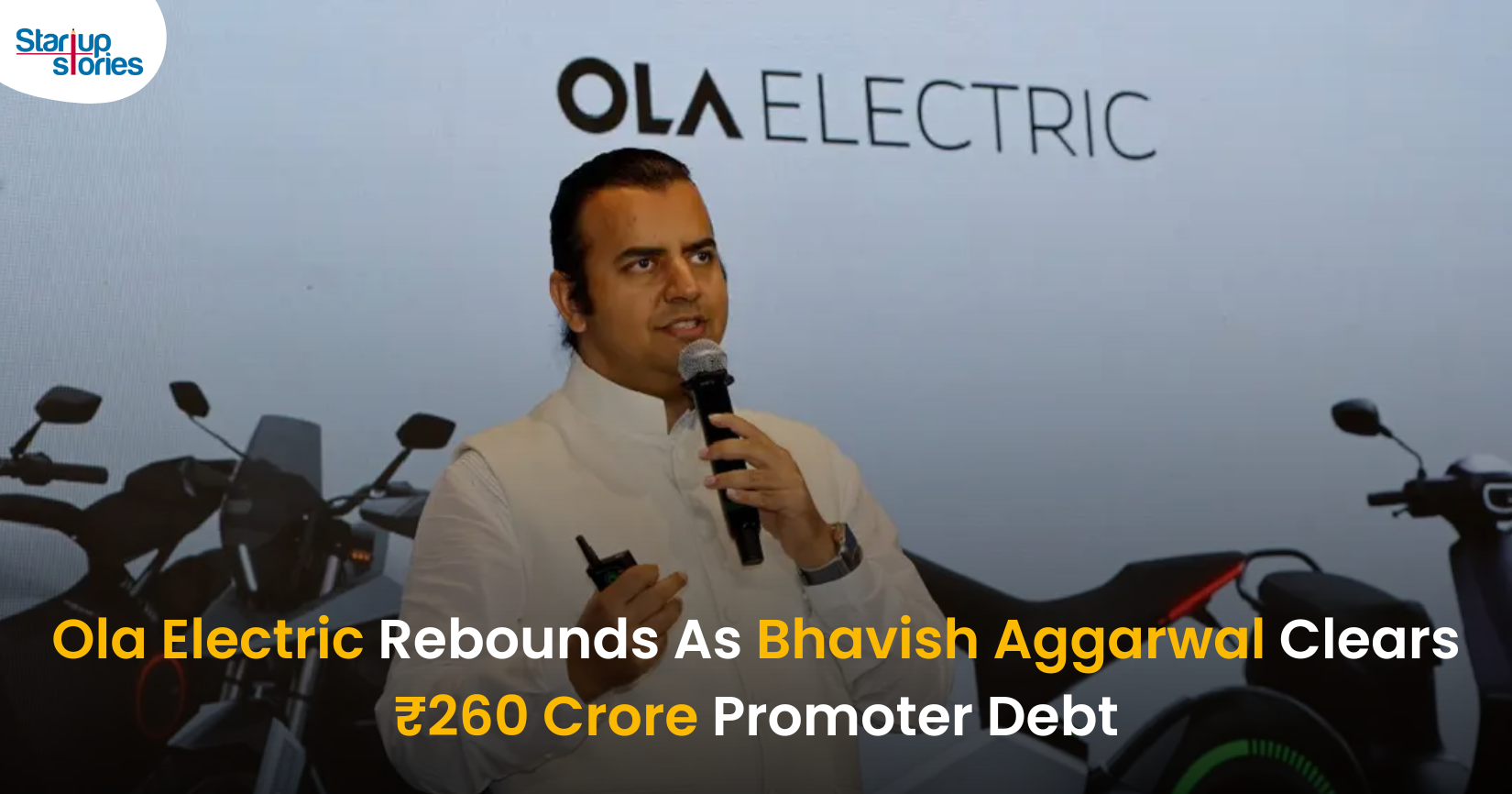Latest News
iPhone 17 Lineup Expected to Feature LTPO Displays with 120Hz Refresh Rate!

Apple is gearing up to launch its iPhone 17 lineup in the latter half of next year, and new reports suggest significant upgrades in display technology. According to a report from South Korea’s ETNews, all models in the iPhone 17 series will incorporate LTPO (low-temperature polycrystalline oxide) screens, allowing for a high refresh rate of 120Hz. This marks a departure from previous models, where high refresh rates were typically reserved for the Pro variants.
Current Display Limitations
Currently, the iPhone 16 and iPhone 16 Plus are limited to a 60Hz refresh rate. However, the inclusion of LTPO technology, sourced from Samsung and LG, would enhance the smoothness and responsiveness of scrolling, animations, and gaming experiences while also reducing power consumption. The transition to LTPO displays is expected to provide users with a more fluid interaction experience, particularly for tasks involving motion.
Previous ProMotion Technology
Since 2021, Apple has offered 120Hz screens, branded as ProMotion displays, exclusively on its Pro iPhone models. These displays also enable always-on functionality. The current iPhone 16 features a 6.1-inch Super Retina XDR OLED display, while the iPhone 16 Plus has a larger 6.7-inch display, both capped at 60Hz. In contrast, the iPhone 16 Pro and iPhone 16 Pro Max boast displays measuring 6.3 inches and 6.9 inches, respectively, with refresh rates of up to 120Hz.
Anticipated Features of the iPhone 17 Lineup
In addition to the LTPO displays, leaks suggest the introduction of a new ‘Slim’ or “Air” variant within the iPhone 17 series, potentially replacing the Plus model. The iPhone 17 Pro models are expected to be powered by Apple’s A19 Pro chip and feature 12GB of RAM, while the standard iPhone 17 and iPhone 17 Air may utilize either the A18 or A19 chip with 8GB of RAM. All four models are rumored to include 24-megapixel front-facing cameras, enhancing photo quality for selfies and video calls.
Performance Enhancements
The transition to LTPO technology not only allows for higher refresh rates but also supports variable refresh rates that can adjust based on content being displayed. This means that users could benefit from smoother animations during regular use while conserving battery life during less demanding tasks.
Industry Impact and Competitive Landscape
The introduction of LTPO displays across all models would align Apple more closely with industry trends where competitors have already adopted high-refresh-rate displays in their standard models. Many budget Android devices now offer similar features, making it essential for Apple to keep pace with consumer expectations for display quality.
Consumer Expectations
As users increasingly demand premium features in standard devices, Apple’s decision to equip all iPhone 17 models with LTPO technology could help attract a broader audience seeking advanced display capabilities without the Pro price tag. This move may also reduce differentiation between standard and Pro models, making it easier for consumers to justify their purchases.
Conclusion
The anticipated upgrades in display technology for the iPhone 17 lineup represent a significant leap forward for Apple’s smartphone offerings. By incorporating LTPO screens with a refresh rate of up to 120Hz across all models, Apple aims to enhance user experience while addressing competitive pressures in the market.
With ongoing leaks and rumors leading up to the official announcement expected in September 2025, consumers are eager to see how these advancements will shape their interactions with future iPhones. As always, Apple’s commitment to innovation will be closely watched by both fans and industry analysts alike as they prepare for what promises to be an exciting release.
Latest News
Bhavish Aggarwal Sells ₹325 Crore Ola Electric Stake, Retains Control

Bhavish Aggarwal has sold Ola Electric shares worth about ₹325 crore over three consecutive trading sessions, primarily to fully repay a promoter-level loan of ₹260 crore and release all pledged promoter shares. Despite the stake sale, he continues to hold a significant shareholding of over 34 percent in Ola Electric, and the company has clearly stated that there is no change in promoter control or his long-term commitment to the business. This one-time, limited monetisation at the promoter’s personal level is positioned as a structural clean-up rather than a signal of reduced confidence in the company.
The transactions, executed through open-market bulk deals, included an initial sale of about 2.6 crore shares worth roughly ₹92 crore at an average price of ₹34.99 per share, followed by additional trades of around ₹142 crore and ₹90 crore, taking the total sale value to approximately ₹324–325 crore. As a result, Aggarwal’s stake has fallen by a little over 2 percent, while all previously pledged promoter shares about 3.93 percent of Ola Electric’s equity are being released, removing the overhang and risk typically associated with pledged stock. The company has also clarified that these deals do not involve any capital raise or dilution by Ola Electric itself, which is important for investors tracking promoter stake and governance.
The share sale came at a time when Ola Electric’s stock had been under pressure, even hitting an all-time closing low amid concerns around growth, competition and heavy promoter selling. However, once the company confirmed that the stake sale was complete and all promoter-level pledges would be cleared, the stock rebounded sharply, gaining around 9–10 percent as markets welcomed the removal of this technical overhang. For investors, the focus is now expected to shift back to Ola Electric’s core fundamentals EV sales growth, margins, and market-share performance in India’s two-wheeler EV segment while the reduced promoter debt risk and continued high promoter holding offer some comfort on long-term alignment.
Latest News
Kuku FM’s $200 Million IPO: Mebigo Labs Hires Top Bankers to Lead Public Listing

Kuku FM’s parent company, Mebigo Labs, has hired leading investment banks to prepare for a 200 million dollar IPO in India, marking a major milestone for the country’s digital audio ecosystem. The Mumbai-based company has reportedly appointed Kotak Mahindra Capital, Axis Bank and Morgan Stanley’s India unit to manage the proposed share sale, which is likely to be launched on Indian stock exchanges once key regulatory steps are completed. This move signals strong intent to tap public markets and test investor appetite for subscription-led regional audio platforms in India.
The planned IPO proceeds are expected to help Kuku FM expand its content library, strengthen its regional language offerings and invest in technology to enhance user experience. With a focus on Hindi, Marathi, Tamil and other Indian languages, Kuku FM aims to capture the fast-growing audience in Tier 2 and Tier 3 cities seeking affordable audiobooks, courses and storytelling content. The funds could also provide additional firepower for marketing, partnerships and product innovation, helping the platform compete more aggressively in India’s crowded digital entertainment and creator economy landscape.
Founded in 2018, Kuku FM has built a subscription-driven business model and has reportedly scaled to millions of paying users, backed by multiple funding rounds from prominent investors. Its decision to pursue a 200 million dollar IPO positions it as one of the first major Indian audio platforms to attempt a public listing, potentially paving the way for other podcast and niche content startups to follow. As the IPO process moves forward, Kuku FM’s performance in the public markets will be closely watched as a key indicator of how investors value regional, knowledge-first audio platforms in India’s booming digital economy.
Latest News
Zerodha Reports 23% Profit Decline in FY25 as Revenues Miss Target

Zerodha experienced a challenging FY25, as its revenue fell 11.5% to ₹8,847 crore and net profit dropped 22.9% to ₹4,237 crore. This decline reflects tougher regulatory conditions, lower trading volumes, and increased operational costs in the brokerage market, all of which impacted core earning segments for the company.
Despite these headwinds, Zerodha improved its operating margin to 63.78% and built up significant cash reserves, reporting ₹22,679 crore in bank balances. Salary expenses and director remuneration increased, but disciplined cost controls helped the company maintain profitability and a debt-free balance sheet. The drop in active clients and increased compliance costs further contributed to the profit contraction.
Looking ahead, Zerodha’s resilience is supported by its robust cash position and operational efficiency. Maintaining steady margins, diversifying product offerings, and investing in technology positions the company to withstand future regulatory fluctuations and changing market sentiment reinforcing its status as one of India’s leading brokerage firms.













binance Registrera dig
July 25, 2025 at 9:25 am
I don’t think the title of your article matches the content lol. Just kidding, mainly because I had some doubts after reading the article.
Зарегистрироваться в binance
August 5, 2025 at 12:01 pm
Thanks for sharing. I read many of your blog posts, cool, your blog is very good.
binance code
August 31, 2025 at 7:45 am
Your article helped me a lot, is there any more related content? Thanks! https://www.binance.com/en/register?ref=JHQQKNKN
MM88
November 5, 2025 at 9:27 am
Khám phá thế giới giải trí trực tuyến đỉnh cao tại MM88, nơi mang đến những trải nghiệm cá cược thể thao và casino sống động.
Kuwin
November 9, 2025 at 4:29 pm
kuwin sở hữu kho game đa dạng từ slot đến trò chơi bài đổi thưởng, mang đến cho bạn những giây phút giải trí tuyệt vời.
谷歌蜘蛛池
November 12, 2025 at 12:15 pm
利用强大的谷歌蜘蛛池技术,大幅提升网站收录效率与页面抓取频率。谷歌蜘蛛池
iwin
November 13, 2025 at 2:06 am
iwin – nền tảng game bài đổi thưởng uy tín, nơi bạn có thể thử vận may và tận hưởng nhiều tựa game hấp
MM88
November 19, 2025 at 4:48 am
Với giao diện mượt mà và ưu đãi hấp dẫn, MM88 là lựa chọn lý tưởng cho các tín đồ giải trí trực tuyến.
J88
November 29, 2025 at 1:44 pm
Đến với J88, bạn sẽ được trải nghiệm dịch vụ cá cược chuyên nghiệp cùng hàng ngàn sự kiện khuyến mãi độc quyền.
注册
November 30, 2025 at 9:43 pm
Your point of view caught my eye and was very interesting. Thanks. I have a question for you. https://www.binance.com/register?ref=IHJUI7TF
GO88
December 1, 2025 at 9:44 pm
Tham gia cộng đồng game thủ tại Go88 để trải nghiệm các trò chơi bài, poker phổ biến nhất hiện nay.